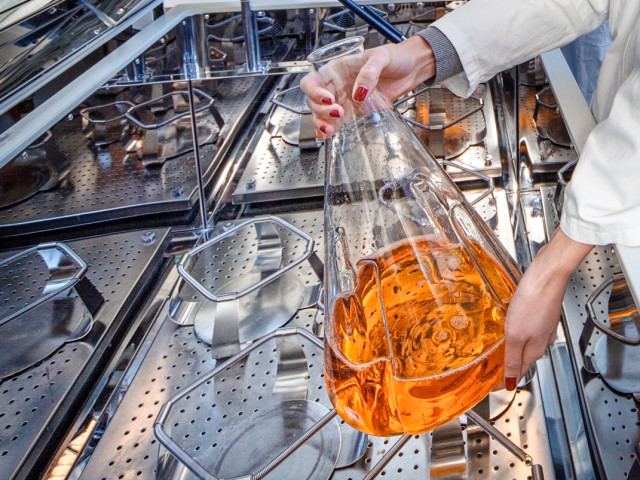The course is framed around the concept of transport equations that describe the distribution of concentration, temperature, and velocity in time and space. We will discuss how these equations can be derived for specific problems and in different coordinate systems. Various examples illustrating the use of transport equations are discussed, such as chemical and biological reactors, membrane separators, heat exchangers, cooling fins, and flows in pipes and channels. In addition, case studies that exemplify how software packages such as Comsol use transport equations to simulate coupled transport processes in complex geometries are analyzed and worked out in detail. Case studies deal with processes such as tubular reactors, absorption columns, fuel cells, and flows around heating elements. On the theoretical side, the course covers time-dependent diffusion, diffusion in concentrated systems, derivation of the Navier-Stokes equations, boundary layer theory, basics of turbulence, and multiphase flows. The concept of transfer coefficients and the use of Nusselt and Sherwood correlations is covered with examples and problems.
KE2070 Transport Phenomena, Advanced Course 7.5 credits

Advanced course covering momentum, heat and mass transfer.
Information per course offering
Information for Autumn 2026 Start 24 Aug 2026 programme students
- Course location
KTH Campus
- Duration
- 24 Aug 2026 - 23 Oct 2026
- Periods
Autumn 2026: P1 (7.5 hp)
- Pace of study
50%
- Application code
10174
- Form of study
Normal Daytime
- Language of instruction
English
- Course memo
- Course memo is not published
- Number of places
Min: 12
- Target group
- No information inserted
- Planned modular schedule
- [object Object]
- Schedule
- Schedule is not published
- Part of programme
- No information inserted
Contact
Course syllabus as PDF
Please note: all information from the Course syllabus is available on this page in an accessible format.
Course syllabus KE2070 (Autumn 2024–)Content and learning outcomes
Course contents
Intended learning outcomes
Transport phenomena deals with the exchange of mass, energy, and momentum between systems, which plays an important role in engineered and natural systems. The course provides a systematic analysis and fundamental understanding of transport phenomena and its mathematical description which builds the foundation of modern simulation software packages.
After passing the course the student will be able to:
- apply the shell balance approach to derive differential mass and heat balance equations in Cartesian, cylindrical, and spherical coordinates
- apply the generalized differential mass and heat balance equations and the Navier-Stokes equations to analyze transport problems
- analyze transport problems in simple geometries and derive analytically the concentration, temperature or velocity distribution
- analyze transport problems in complex geometries and calculate numerically the concentration, temperature, or velocity distribution using a simulation software
- apply the concept of transfer coefficients to describe mass and heat transfer across interfaces
Literature and preparations
Specific prerequisites
Bachelor's thesis 15 credits, 54 credits in chemistry, chemical engineering and/or process engineering, and 20 credits in mathematics, programming and/or data science. English B/6
Recommended prerequisites
KE1030 Transport phenomena and engineering thermodynamics
Literature
Examination and completion
Grading scale
Examination
- SEM1 - Assignments, 3.8 credits, grading scale: P, F
- TEN1 - Written exam, 3.7 credits, grading scale: A, B, C, D, E, FX, F
Based on recommendation from KTH’s coordinator for disabilities, the examiner will decide how to adapt an examination for students with documented disability.
The examiner may apply another examination format when re-examining individual students.
If the course is discontinued, students may request to be examined during the following two academic years.
Examiner
Ethical approach
- All members of a group are responsible for the group's work.
- In any assessment, every student shall honestly disclose any help received and sources used.
- In an oral assessment, every student shall be able to present and answer questions about the entire assignment and solution.
Further information
Course room in Canvas
Offered by
Main field of study
Education cycle
Supplementary information
Will replace 3C1723